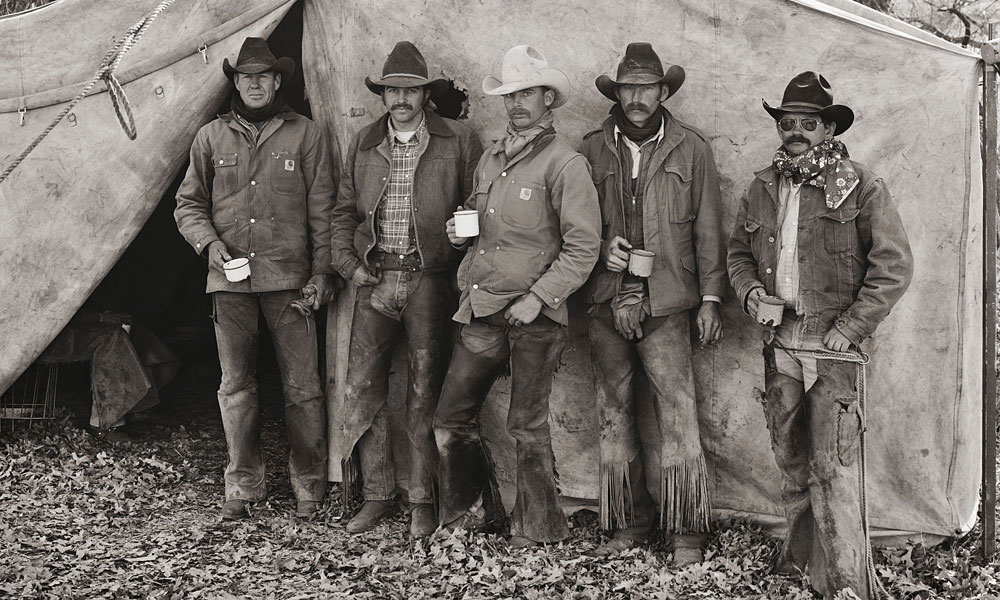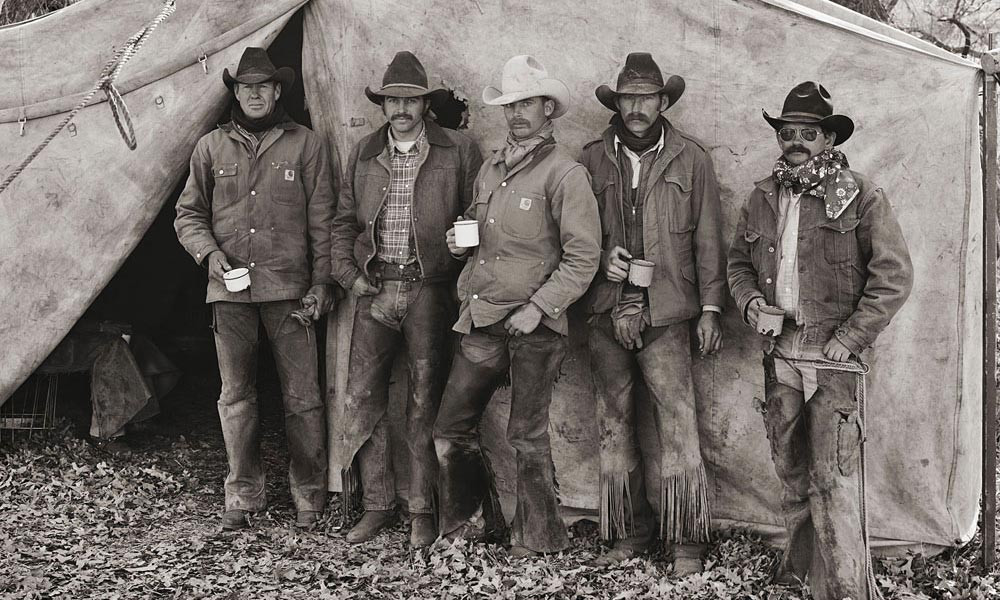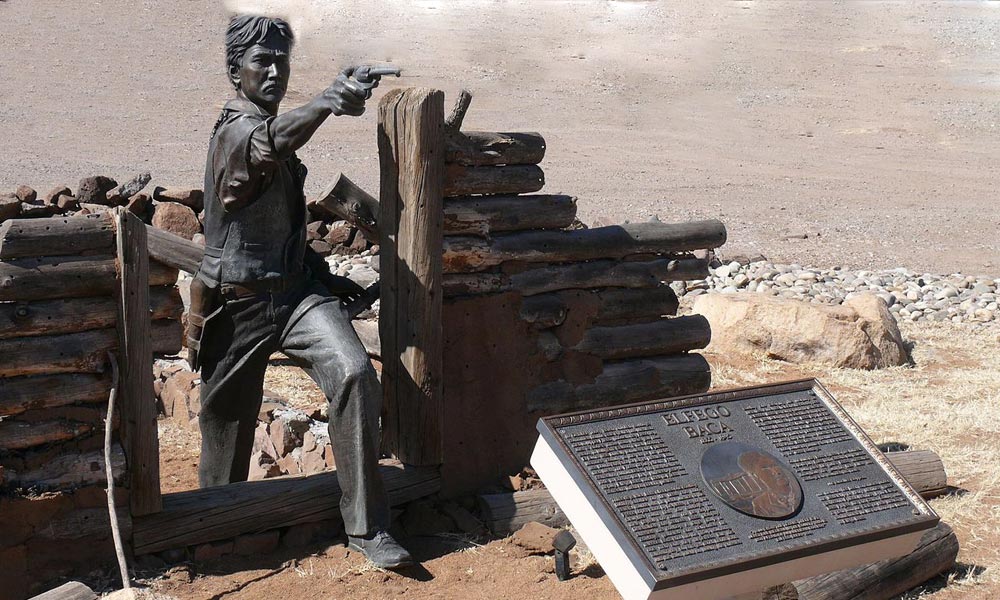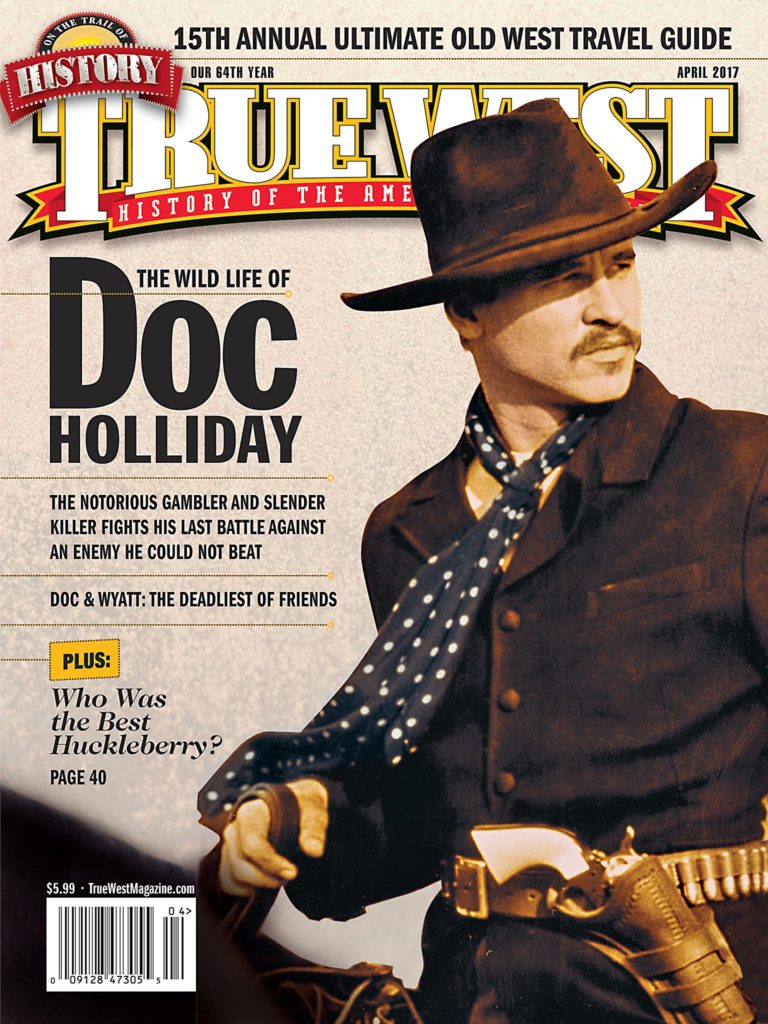
Bob Sharp who managed the Baca Float from 1937 to 1952 wrote: “The Baca Float was one of the last big outfits to run under the code of the old time ranchers, a code which respected the knowledge of the men on the payroll. When I first took over the ranch in 1937, most of the men had cowboyed all their lives. They were experienced in handling cattle, loyal, and had an unconscious love of nature and freedom of action.”
The Baca Float, better-known by its ORO brand is located in northern Arizona about 35 miles south of Seligman. Twentieth century cowboys throughout the West considered it the top ranch of its size. In the early years is was truly a “horseback ranch” in that all the work was done from the back of a horse. All the supplies had to be hauled in by freight wagon and pack mules. Its mule-drawn chuck wagon was one of the last in Arizona.
The modern history of the ORO began in 1936 when the Greene Cattle Company bought the 100,000 acre ranch. Two years later they acquired a 157,000 acre ranch on the west boundary bringing the size to 257,000 acres. Eventually some of the ranch was sold off, leaving some 236,000 acres. Lack of permanent water supplies had kept the grass lands pristine. The new owners using dirt scrapers dug out 15-foot deep catch tanks in strategic areas to hold water year around. Soon the ranch was running 2,500 head of cattle to graze the virgin grass lands.
The ranch employed one cowboy at each line camp and it was his responsibility to keep an eye on 50,000 acres. He rode from daylight to late afternoon, seven days a week, “keeping an eye on the cows.” He’d bring out salt for the cattle, brand mavericks, doctor cattle, ride fence, and “look out for anything, good or bad.” It was a dangerous, lonely existence but it had its rewards; the cowboy was his own boss, he had plenty of fresh air to breath and lots of space to roam.
The Baca Float acquired its unusual name as a result of a law suit filed by the heirs of Don Luis Maria Baca in New Mexico. It was one of five 100,000 acre grants authorized by Congress in 1860 to Baca’s heirs as compensation for the 500,000 acre Las Vegas grant. In 1821, Baca petitioned the Spanish government for a grant known as the Las Vegas Grande some 60 miles east of Santa Fe. In the ensuing years Baca and his son were killed and the family abandoned the ranch. Years later others came, claimed the land and founded the town of Las Vegas. The Baca heirs protested and since both claims seemed valid Congress was in a dilemma. It was easier to let the heirs select other lands in the New Mexico Territory (Arizona didn’t become a separate territory until 1863) than try to evict the 2,200 residents of Las Vegas. The result was five 100,000 rectangular tracts of non-mineral land called “floats.” As a result of changes in boundary lines with Arizona and Colorado, two grants are in present-day Arizona and two in Colorado.
The ranch was sold numerous times, mostly for nonpayment of taxes until the Greene Cattle Company bought it in 1937.
The boss man behind company was William C. Greene. He came to Arizona in 1877, prospecting for gold. He eventually married a widow and settled on a ranch in Cochise County. One of Arizona’s most picturesque characters, he was a high stakes gambler who dreamed big. While still in his twenties he audaciously built up a multi-million dollar legacy. During the late 1890’s he went prospecting near Cananea, Mexico and acquired an option of the rich Cobre Grande copper mine. He then went to New York and with typical flamboyance, acquired sufficient capital to begin mining operations. Several years later he liquidated his mining operations for some six million dollars and devoted the rest of his life to cattle ranching. By the time he died in 1911 Greene was an Arizona cattle king. In 1958 the Mexican government seized the vast Greene ranch in Sonora. The Greene family controlled the Baca Float #5 from 1937 to 1973.
Photo of some ORO cowboys by the famous cowboy photographer, Jay Dusard.





